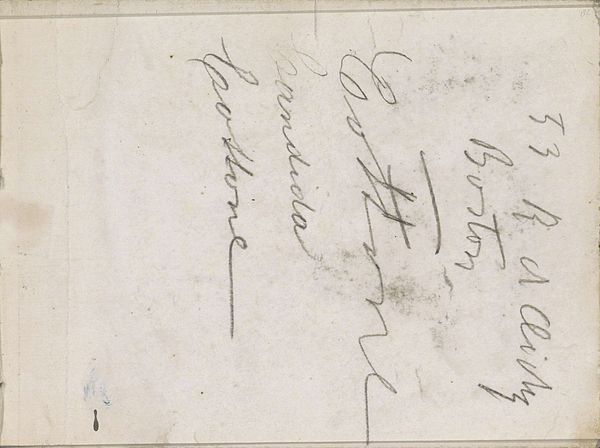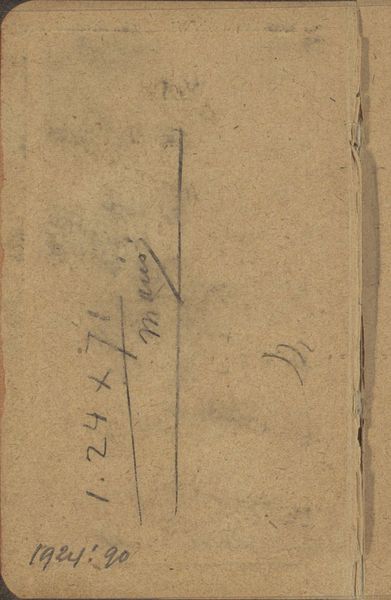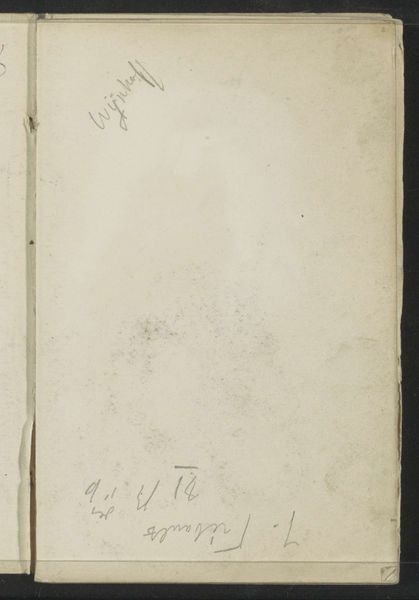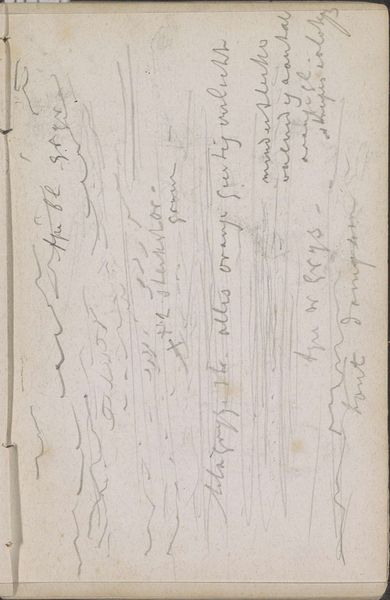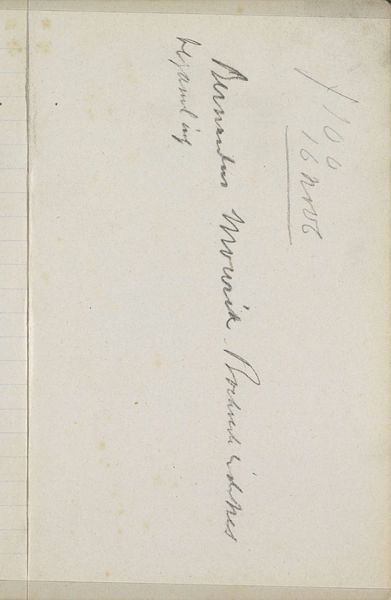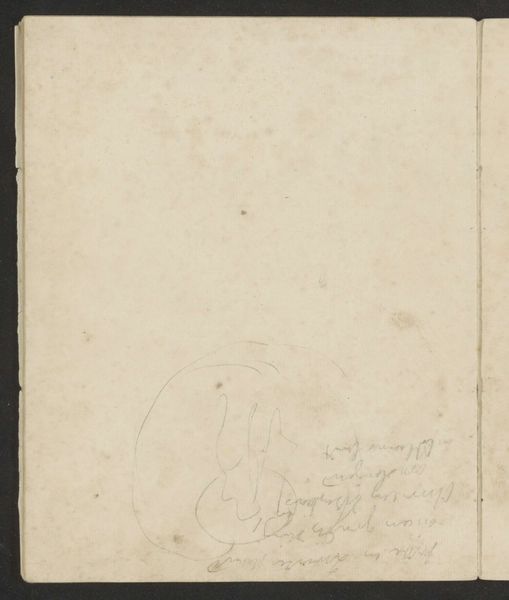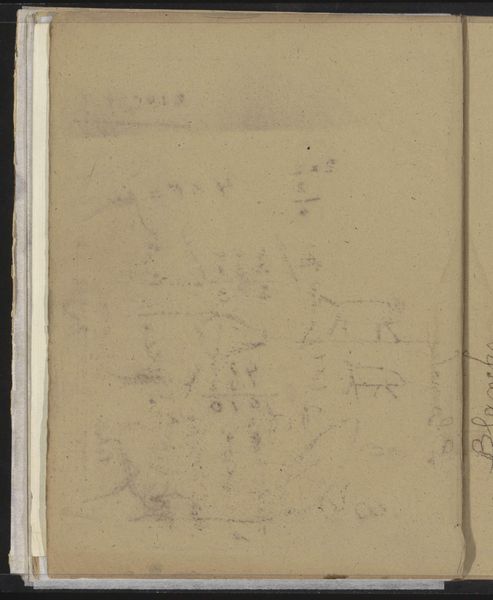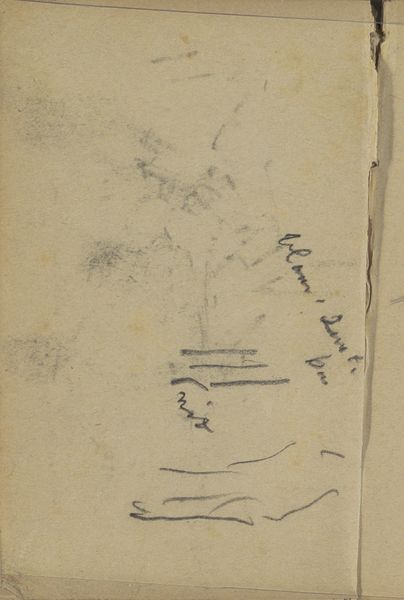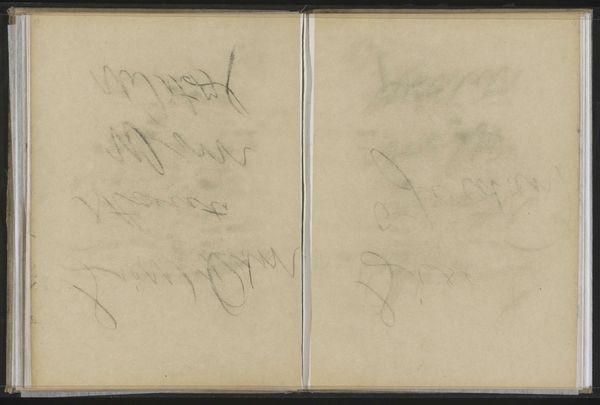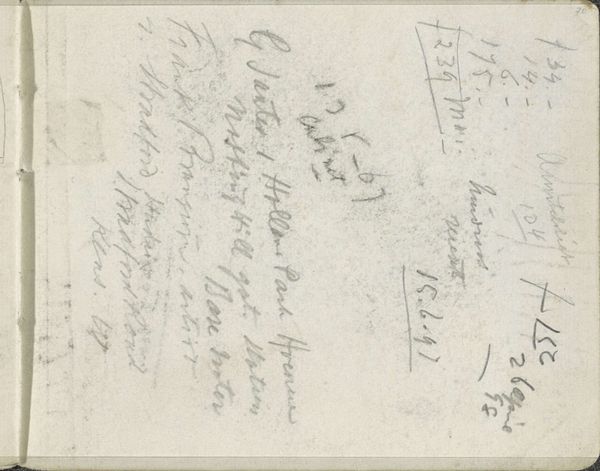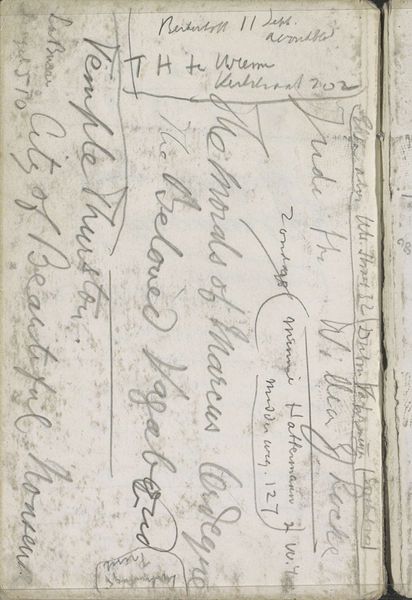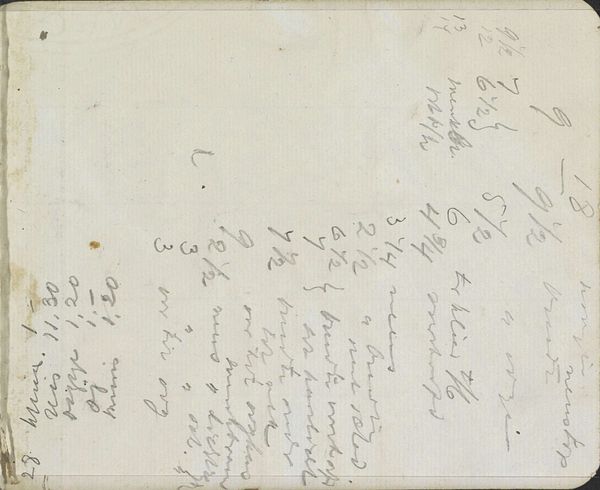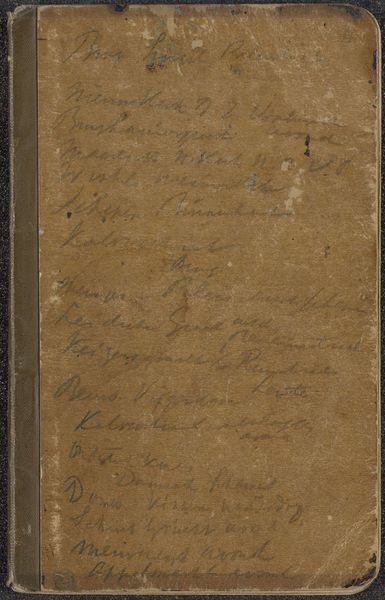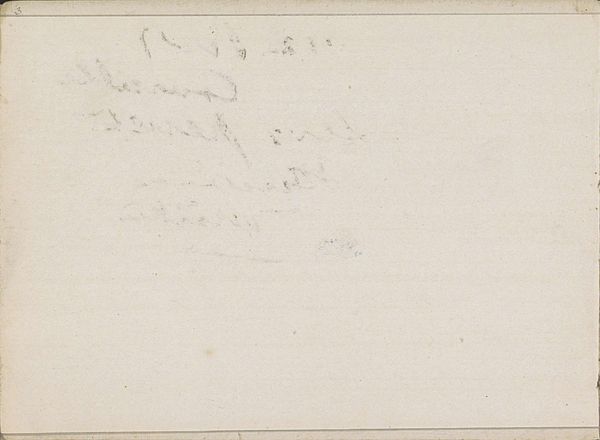
drawing, paper, watercolor, pencil
#
drawing
#
water colours
#
paper
#
watercolor
#
geometric
#
pencil
#
academic-art
Copyright: Rijks Museum: Open Domain
Curator: Before us we have "Kleurendriehoek," a color study on paper attributed to Johannes Tavenraat, made sometime between 1858 and 1859. The work is rendered in pencil and watercolors. Editor: It has a kind of faded grandeur about it. Almost ghostly in its simplicity, yet those spectral colors whisper of possibility. Curator: It’s intriguing to see how the materiality of this piece plays a role. The paper itself is worn, almost disintegrating, highlighting the ephemerality of color theory itself. This aligns, for me, with a lot of academic art of the period in it's engagement with formal and didactic considerations. Editor: I find I'm wondering about its purpose—a teacher's guide, a student's experiment? And what kind of ink was used? The way the color bleeds hints at some natural dye, perhaps? It adds such warmth. Curator: We know the work as existing on paper, combined with pencil and watercolor elements. It emphasizes process through its visible markings, annotations, and color gradations. I think this hints to a certain approach Tavenraat took to breaking down what color even *was* by emphasizing its components, what can be measured, rather than only it's phenomenological effect. Editor: The slightly translucent watercolors create a really interesting overlap of geometry and nature, doesn't it? Those pencil lines—so precise and purposeful!—trying to capture something intangible. It's making me think about alchemy. Curator: Perhaps what it achieves is a moment where material concerns meet these concerns about the symbolic and metaphysical; it opens possibilities for reading relationships between cultural ideas about the period of production that complicate common art-historical periodizations and binaries. Editor: Exactly! In a way, I can look past the geometrical nature to see, like an artist, with my imagination and through historical associations, there is the beginning of art-making: something of life at play. Curator: It gives one so much to think about as you reflect on academic art and color theory's place in understanding cultural construction. Editor: Precisely, and in the end, to really get at the color and artistry in that beautiful diagram.
Comments
No comments
Be the first to comment and join the conversation on the ultimate creative platform.
